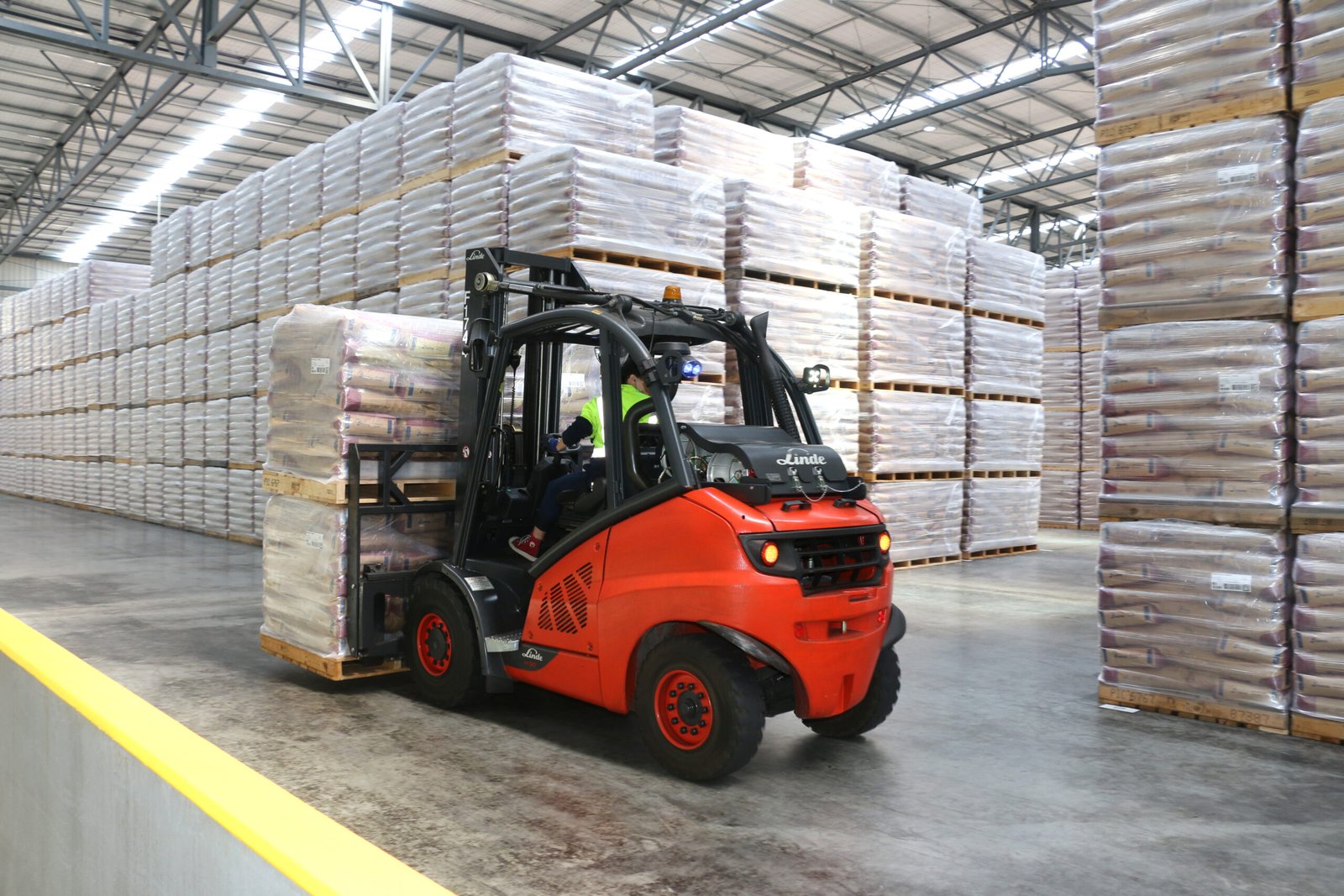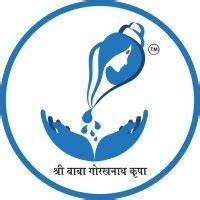June 2025 | Dairy Dimension News
Global dairy commodity markets are signalling caution as prices for key products‚ÄĒespecially skim milk powder (SMP) and whole milk powder (WMP)‚ÄĒhave seen a notable decline across Europe. The fall comes amid surging milk supplies and weakening demand in export-heavy regions, raising red flags for global exporters and import-sensitive economies like India.
ūüĒĽ Key Price Trends (EU Market)
- Skim Milk Powder (SMP): Down ‚ā¨45/tonne, now at ‚ā¨2,350/t
- Whole Milk Powder (WMP): Down ‚ā¨30/tonne, now at ‚ā¨4,255/t
- Cheddar Cheese: Eased ‚ā¨10/tonne, still nearly ‚ā¨600 below last autumn’s highs
- Butter: Gained ‚ā¨5/tonne, trading strong at ‚ā¨7,385/t
ūüĆć What’s Driving the Downturn?
- Overproduction in the EU: European dairy farms ramped up production in Q2 2025, especially in Ireland, flooding the powder market.
- Currency Headwinds: A strong euro has made EU dairy exports more expensive in key regions such as Asia and the Middle East, prompting buyers to renegotiate or delay orders.
- Selective Demand: While butter remains in high demand, the powder and cheese categories are experiencing procurement hesitations, particularly from buyers facing inventory surpluses and tighter budgets.
ūüáģūüá≥ Impact on the Indian Dairy Sector
1. Export Strategy Recalibration
Indian exporters of skimmed milk powder, particularly in Maharashtra, Gujarat, and Punjab, must brace for price competition in global markets. With the EU offering SMP at lower rates, Indian exporters risk being edged out unless they improve cost efficiencies and quality standards.
‚ÄúThe global price drop offers a wake-up call. India must focus on value-added exports rather than relying on bulk SMP or WMP sales,‚ÄĚ says Prashnt Tripathi a dairy economist at Jordbrukare India
2. Domestic Stability Through Buffer Management
While international milk prices fall, domestic prices in India remain firm, driven by rising fodder costs and localised demand. The National Dairy Development Board (NDDB) and cooperatives like Amul may need to reassess buffer stock strategies to avoid domestic oversupply cascading into losses.
3. Opportunities in Butter and Value-Added Segments
Notably, butter prices remain robust globally. For Indian processors, this presents an opportunity to boost production of clarified butter (ghee) and processed cheese, tapping into both domestic festive demand and overseas Indian communities.
4. Currency Cushion Advantage
With the INR weaker against USD/EUR, Indian dairy firms may still find some pricing advantage, though high input costs offset this. Exporters should explore hedging mechanisms to maintain profitability amid currency volatility.
ūüß≠ Strategic Recommendations for Indian Stakeholders
- Diversify Export Portfolio: Focus on butter, ghee, whey proteins, and fermented dairy, not just powder.
- Monitor Global Benchmarks: Track EU, Oceania, and US prices on a weekly basis to adjust procurement and sales cycles.
- Strengthen Trade Alliances: Explore tariff-free access to Africa, Southeast Asia, and Gulf markets.
- Optimise Production Costs: Embrace dairy technology and feed efficiency solutions to stay globally competitive.
ūüďä Conclusion
The softening of global dairy powder prices is more than a European concern‚ÄĒit’s a signal to Indian dairy planners. As global dynamics shift, India’s best defence is a flexible, high-value, export-savvy approach. With the right strategy, the Indian dairy sector can not only withstand these global tremors but also turn them into an opportunity for long-term transformation.







